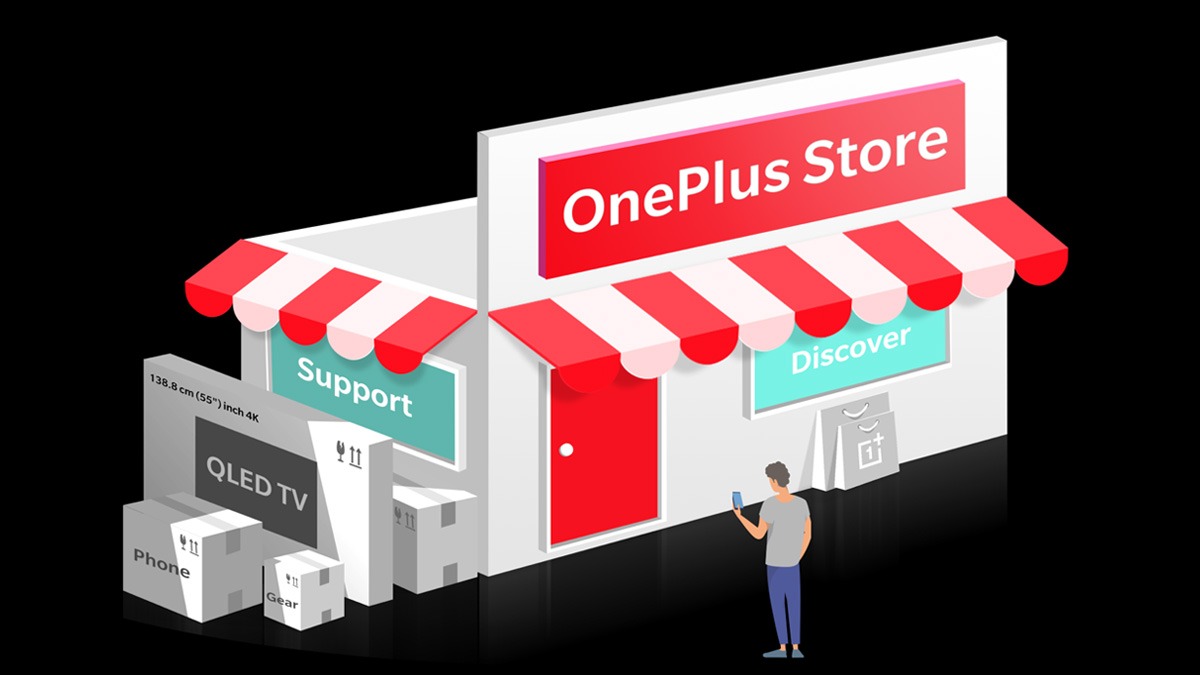Just In
- 15 hrs ago

- 1 day ago

- 1 day ago

- 1 day ago

Don't Miss
- Finance
 Good News! Thanks To 1:2 Split, Pharma Co Plans Expansion; To Pay Special Rs 118/Sh Dividend, Record Date Set
Good News! Thanks To 1:2 Split, Pharma Co Plans Expansion; To Pay Special Rs 118/Sh Dividend, Record Date Set - Sports
 Who Won Yesterday's IPL Matches: KKR vs LSG & MI vs CSK Match Scores On April 14
Who Won Yesterday's IPL Matches: KKR vs LSG & MI vs CSK Match Scores On April 14 - Lifestyle
 Chaitra Navratri 2024 Day 7: Maa Kalratri Puja Vidhi, Vrat Katha, Mantra and Aarti Lyrics
Chaitra Navratri 2024 Day 7: Maa Kalratri Puja Vidhi, Vrat Katha, Mantra and Aarti Lyrics - News
 Vintage Thala: Watch MS Dhoni Hitting 3 Sixes To Hardik Pandya At Wankhede In IPL MI vs CSK Match
Vintage Thala: Watch MS Dhoni Hitting 3 Sixes To Hardik Pandya At Wankhede In IPL MI vs CSK Match - Movies
 Aavesham Worldwide Box Office Collection: Fahadh Faasil's Film Approaches ₹50 Crore Mark Globally
Aavesham Worldwide Box Office Collection: Fahadh Faasil's Film Approaches ₹50 Crore Mark Globally - Education
 10 Reasons Gen Z Should Be Grateful to Dr. B.R. Ambedkar
10 Reasons Gen Z Should Be Grateful to Dr. B.R. Ambedkar - Automobiles
 Simple Steps To Keep Car Audio System In Peak Condition: Top Maintenance Tips
Simple Steps To Keep Car Audio System In Peak Condition: Top Maintenance Tips - Travel
Maximise Your First Indian Adventure With These Travel Tips
Cable VS. Fiber Internet: Technology, accessibility and future
How conventional cable internet compares with the modern and fast fiber optic, which is the future of communication. Let’s find out
Indian technology market has witnessed some huge developments in the Internet space in last six months. A trend started by Reliance Jio 4G services took over the market and even forced other telecom operators to step in to the arena of affordable 4G internet services.

While other telcos were still figuring out how to deal with Reliance's dirt cheap internet schemes, the latter also introduced GigaFiber plans, the super fast internet based on 'Fiber Optics' to get the Indian internet space on global scale.
However Airtel was quick to follow the steps and introduced Airtel V-Fiber, which is company's fiber technology aimed to deliver super-fast internet connectivity.
SEE ALSO: While Reliance Jio, Airtel and others jostle in India, Facebook revenue shoots up
You must be curious what this Fiber Optic term is and how it differs from the traditional cable internet that we commonly have in our homes and workplaces.
That's where we come into the picture to explain about the functionality of this new internet technology, its advantages over the traditional cable internet and what future holds for fiber internet. Let's find out.

Form of communication: Fiber Optic vs Cable network
Fiber optic is relatively a new technology in the internet communication field and uses fiber optic cables to transmit data from source to destination. A fiber-optic cable is made up of incredibly thin strands of glass or composite plastic known as optical fibers.
The information or data is transmitted over light/optical technology, which requires light to follow the principle of ‘Total Internal Reflection'. The communication suffers if light leaks out, which in this case happens if the light packets are absorbed by the glass strands.
As far as conventional cable internet is concerned, this form of communication uses the existing telephone network and requires a cable modem at the user's end. The modem at user end is connected to cable modem termination system (CMTS) at the operator facility. The data is transferred via coaxial cables, which has a copper core surrounded by dielectric insulator copper shield, and an outer plastic layer.

Which one is fast?
As data is transmitted over light in form of packets in optic fiber networks, the speed of communication is very fast compared to traditional ADSL broadband. Fiber network allows data to be sent faster over greater distances. However the process of installing a fiber network is more complex and takes longer than the conventional cable network that usually works on telephone lines.

Which one is reliable?
Once again optic fiber wins over cable network in terms of reliability. This is because the data is transmitted over light and not electricity. Therefore the communication is not affected during power outages, or as it usually happens with conventional cable networks upon any physical damage.

Which one is affordable?
As we mentioned that optic fiber network is more complex to install and provides faster and reliable connection, it can be more expensive as compared to conventional cable network. However, the price gap is shrinking due to latest introduction of fiber networks in Indian market by Reliance and Airtel and technology is bound to become more cost-efficient in the near future.

What are my options?
As of now, India has Reliance and Airtel fiber internet service as two options. Airtel's V-Fiber service is applicable only in Chennai but it will soon be launched in around 87 cities across the country. It is aimed at delivering super fast speeds of up to 100 Mbps to the users.
As far as pricing is concerned, the Reliance Jio GigaFiber plans are categorized into two different segments - speed based plans and volume based plans. The plans start from Rs. 500 and go up to Rs. 5,000 and the FUP data limit that can be used is between 5 GB and unlimited.
On the other hand, the Airtel V-Fiber service has plans starting from Rs. 999 and goes till Rs. 4,999 with the FUP of the data limit ranges from 50 GB to 1000 GB.
Reliance Jio GigaFiber plans come bundled with the Welcome Offer that gives users unlimited and free internet usage for 90 days. And Airtel V-Fiber users can enjoy free and unlimited internet and voice calls to any network across the country for three months.
-
99,999
-
1,29,999
-
69,999
-
41,999
-
64,999
-
99,999
-
29,999
-
63,999
-
39,999
-
1,56,900
-
79,900
-
1,39,900
-
1,29,900
-
65,900
-
1,56,900
-
1,30,990
-
76,990
-
16,499
-
30,700
-
12,999
-
3,999
-
2,500
-
3,599
-
8,893
-
13,999
-
32,999
-
9,990
-
14,999
-
12,999
-
12,999












































